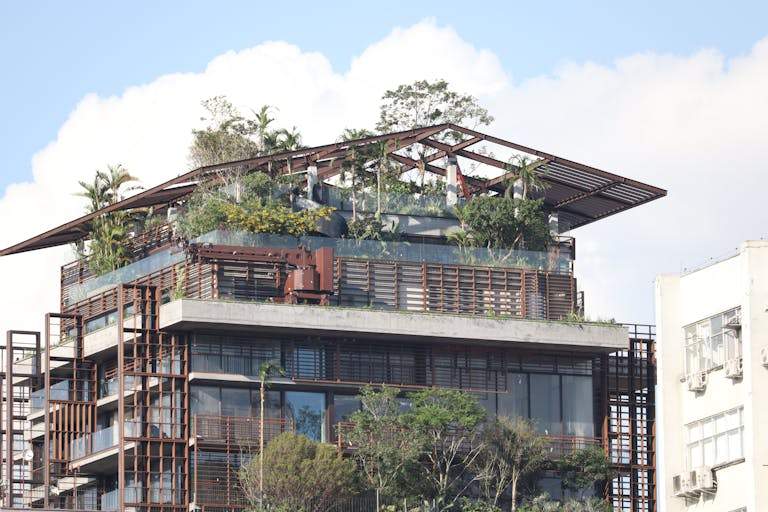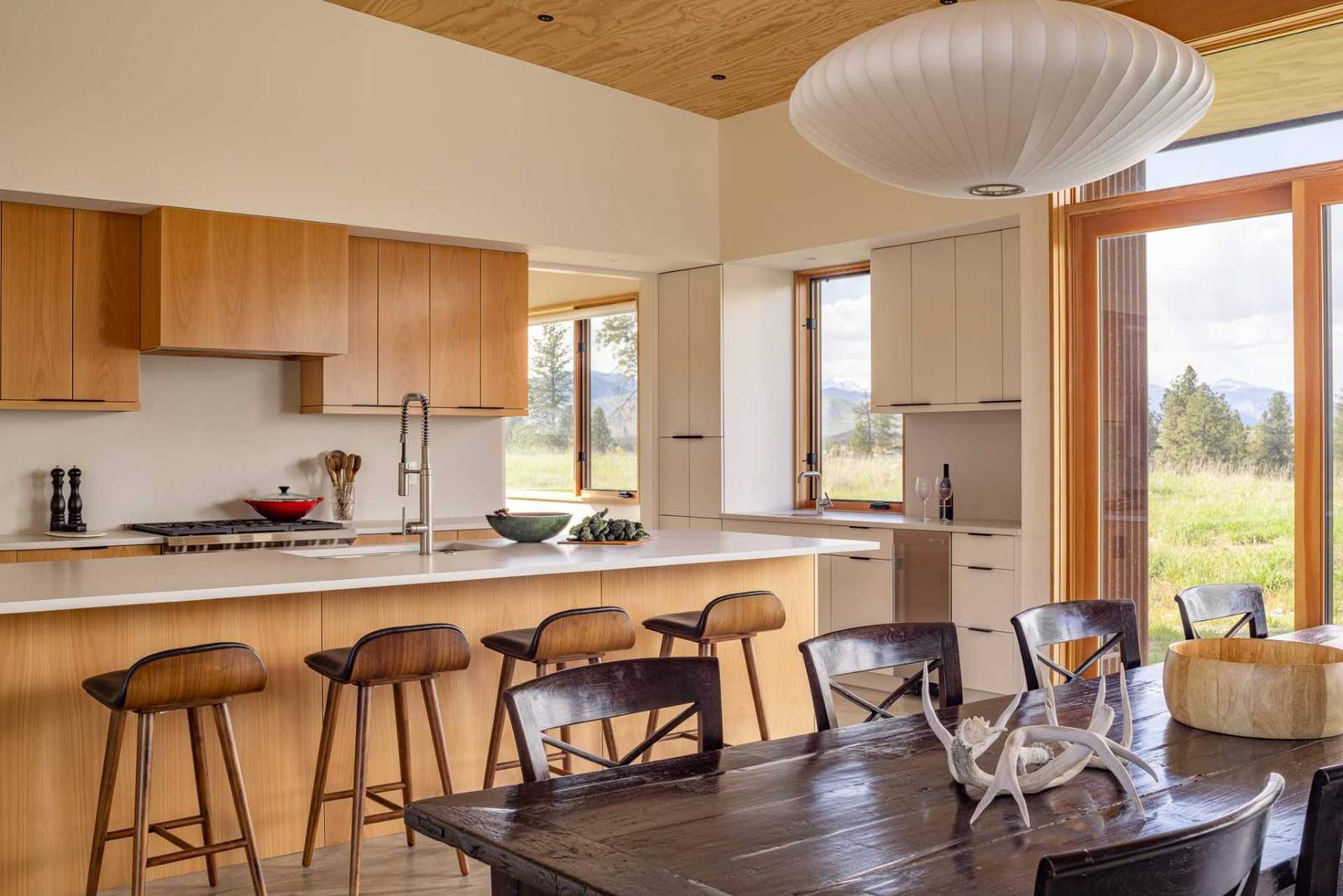Architecture is not merely about structural design or aesthetic beauty; it’s a profound reflection of culture and society. Buildings and spaces are inherently shaped by cultural behaviors, and in turn, these built environments guide our daily interactions and social practices. Through careful exploration, we discover fascinating rituals, habits, and etiquettes connected to architectural spaces worldwide.
Personal Space and Public Seating
In the United States, sitting briefly in a store’s provided seating even without the intention to purchase is generally acceptable and often encouraged, reflecting a consumer-friendly and leisurely retail culture. Conversely, in Italy and other parts of Europe, this same action might invite suspicion or inquiry from store attendants. The Italian retail experience typically expects active engagement with goods, and passively occupying space could be perceived as unusual or impolite.

Jackets and Personal Comfort
Wearing a heavy jacket indoors and not removing or unzipping it may seem innocuous in colder regions such as Canada or Scandinavia, where indoor spaces are designed for comfort against harsh outdoor climates. However, in Japan, keeping one’s jacket on indoors, especially in private residences or restaurants, may be interpreted as a sign of discomfort, disinterest, or haste, subtly affecting interpersonal communication.
Umbrellas and Superstition
Opening an umbrella indoors is universally discouraged in many Western countries, especially the United States and the UK, due to deeply rooted superstition claiming it brings bad luck. In contrast, Asian countries like South Korea and Japan don’t commonly associate umbrellas with superstition, viewing their use indoors pragmatically if necessary, reflecting different cultural attitudes toward superstition and practicality.
Shoes, Respect, and Cleanliness
Entering homes with shoes is another significant cultural divider. In Turkey, Japan, and Korea, removing shoes before entering homes is mandatory, representing respect and cleanliness. Dedicated shoe racks or vestibules (known in Japan as “genkan“) are architectural features specifically designed to accommodate this cultural practice. In contrast, in many Western countries, wearing shoes indoors, even on carpets, is common and socially acceptable.
Thresholds and Doorway Customs
In Russia and Eastern European countries, shaking hands across a doorway is traditionally avoided, as it is believed to cause disagreements. This superstition influences the spatial arrangement and interaction within residential and commercial entryways. Architectural spaces often accommodate these traditions by creating clear demarcations between public entrances and private interiors.
Dining Etiquette and Spatial Design
Seating arrangements and dining spaces reveal significant cultural insights. In traditional Middle Eastern homes, meals are often shared communally, sitting on carpets or low seating around a central dish, emphasizing closeness and communal bonding. European dining rooms, conversely, usually feature defined personal spaces, structured by chairs and tables, reflecting individualistic tendencies and formal interactions.

Cultural Impact on Retail Architecture
Retail architecture significantly varies due to cultural expectations. In South Korea and Japan, retail spaces, particularly convenience stores and supermarkets, focus on efficiency, compactness, and high-density shelving due to limited urban space. In contrast, American retail design emphasizes spaciousness, broad aisles, and leisurely browsing, reflecting abundant space availability and cultural preference for comfort.
Architectural Adaptations for Cultural Practices
Buildings in different cultures adapt uniquely to cultural norms. For instance, the Middle East and North Africa traditionally incorporate courtyard-centered architecture, allowing privacy and separation between public and private spaces. Japanese architecture emphasizes multi-functional, modular rooms, reflecting the cultural value placed on space optimization, adaptability, and minimalism.

Implications for Architects and Designers
Architects and interior designers must remain acutely aware of cultural behaviors and traditions. Understanding cultural etiquette and social habits enables designers to create spaces that enhance social interaction, improve functionality, and resonate deeply with user needs. Ignoring these subtleties can lead to miscommunication, discomfort, or even a failure in a building’s usability and acceptance.
Conclusion: The Symbiosis of Architecture and Culture
Architecture and cultural behavior maintain a dynamic, reciprocal relationship, each profoundly influencing the other. Spaces are not simply shaped by practical requirements; they embody social norms, cultural rituals, and collective values. As Winston Churchill astutely observed, buildings shape us after we have shaped them, and understanding this intricate relationship is crucial for creating meaningful, culturally sensitive, and universally welcoming built environments.







